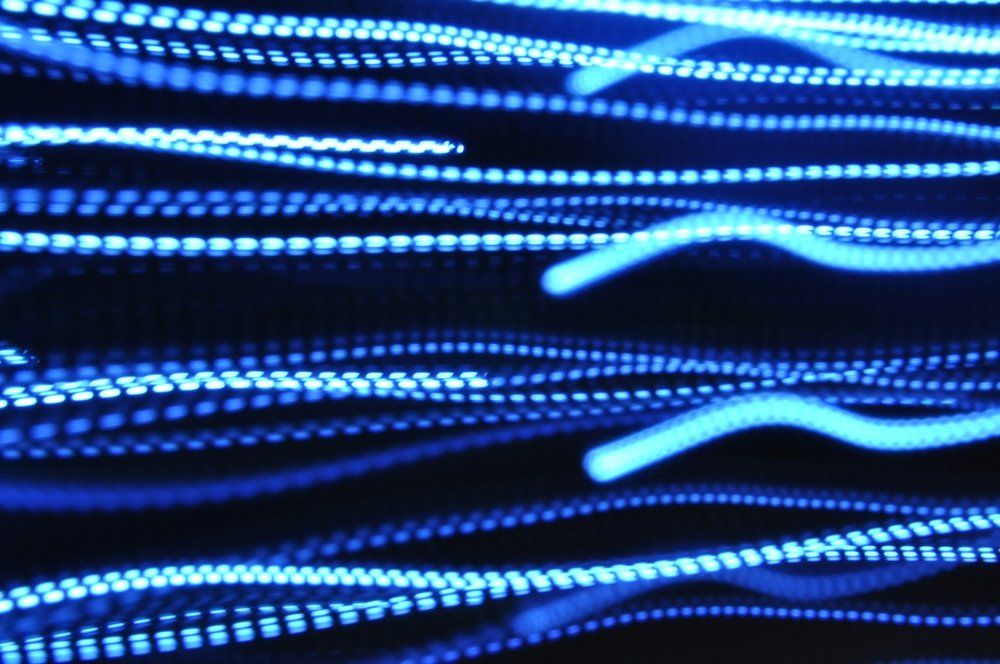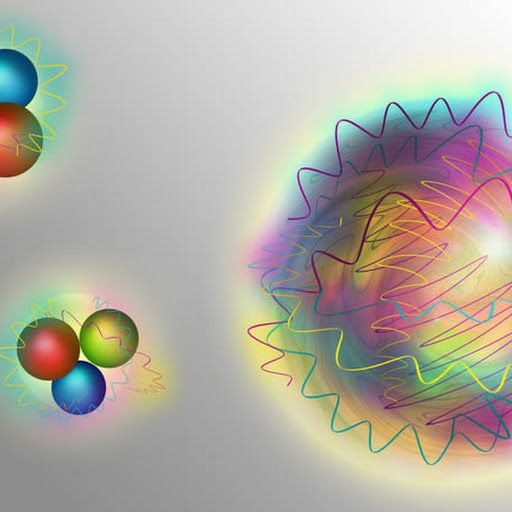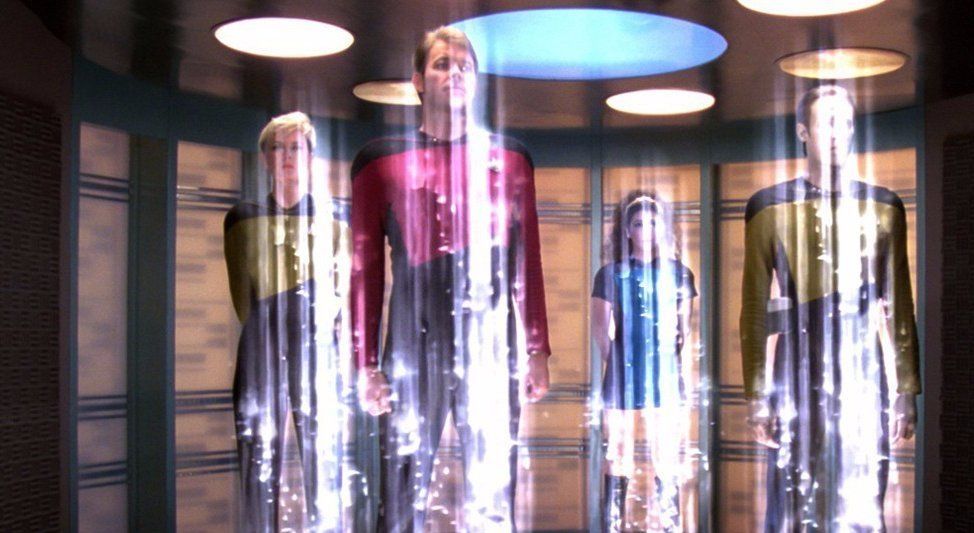Feb 24, 2018
Physicists Have Confirmed a Pear-Shaped Nucleus, And It Could Ruin Time Travel Forever
Posted by Genevieve Klien in categories: cosmology, physics, space travel, time travel
Physicists have confirmed the existence of a new form of atomic nuclei, and the fact that it’s not symmetrical challenges the fundamental theories of physics that explain our Universe.
But that’s not as bad as it sounds, because the 2016 discovery could help scientists solve one of the biggest mysteries in theoretical physics — where is all the dark matter? — and could also explain why travelling backwards in time might actually be impossible.

















